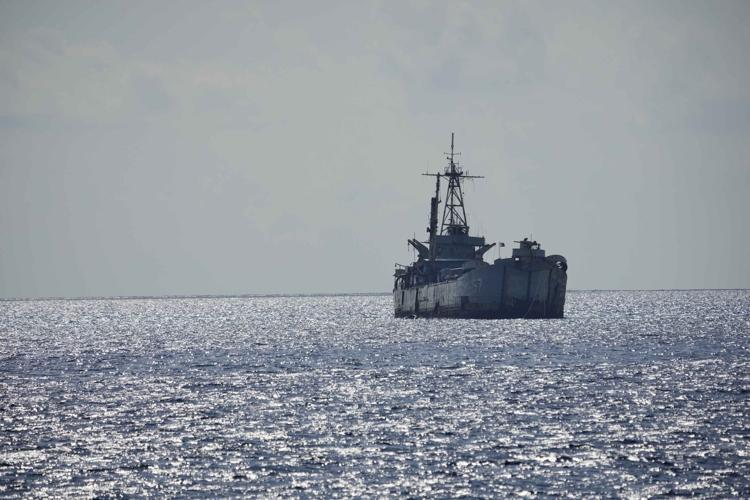A recent collision between vessels in the contested waters of the South China Sea has escalated tensions between China and the Philippines, with both nations offering conflicting accounts of the incident.
According to a statement from the China Coast Guard (CCG) on Monday, a Philippine supply ship was responsible for a minor collision with a Chinese vessel near Ren’ai Reef, part of China’s Nansha Islands, also known as the Spratly Islands. The CCG alleged that the Philippine ship ignored warnings and approached the Chinese vessel in a dangerous and unprofessional manner, leading to the collision. Details regarding injuries or the extent of damage to the vessels were not disclosed in the statement.
In response, the Philippines swiftly refuted these claims, dismissing them as deceptive and misleading. Xerxes Trinidad, chief of the Philippine armed forces’ public affairs office, emphasized that the Philippines would not disclose operational details of its resupply missions. He criticized China’s Coast Guard for escalating tensions with aggressive actions in the region, particularly near the Second Thomas Shoal within the Philippines’ exclusive economic zone (EEZ).
The disputed waters of the South China Sea have been a focal point of contention between China and several Southeast Asian nations, including the Philippines, Vietnam, Indonesia, Malaysia, and Brunei. China asserts expansive territorial claims over almost the entire South China Sea, a stance contested by the Philippines and other neighboring countries.
Incidents like the recent collision underscore the volatile nature of the disputes in the region. Both China and the Philippines have accused each other of provocative maneuvers and collisions in the past, contributing to ongoing friction and diplomatic challenges.
The international legal landscape surrounding the South China Sea remains complex. A 2016 ruling by an international tribunal in The Hague rejected China’s claims over the majority of the South China Sea, a decision that Beijing has refused to acknowledge or abide by.
China’s recent enforcement of new rules, effective as of Saturday, underlines its assertive stance in the region. These rules, based on a 2021 law, authorize the Chinese coastguard to use lethal force against foreign ships it claims are trespassing in waters it asserts control over. Additionally, foreign vessels suspected of intruding can be detained for up to 60 days without trial under these regulations.
The collision incident highlights ongoing challenges in managing maritime disputes in the South China Sea, with diplomatic efforts continually tested by conflicting territorial claims and competing national interests.
As tensions persist, observers and stakeholders closely monitor developments in the South China Sea, wary of potential ramifications for regional stability and international maritime law.








